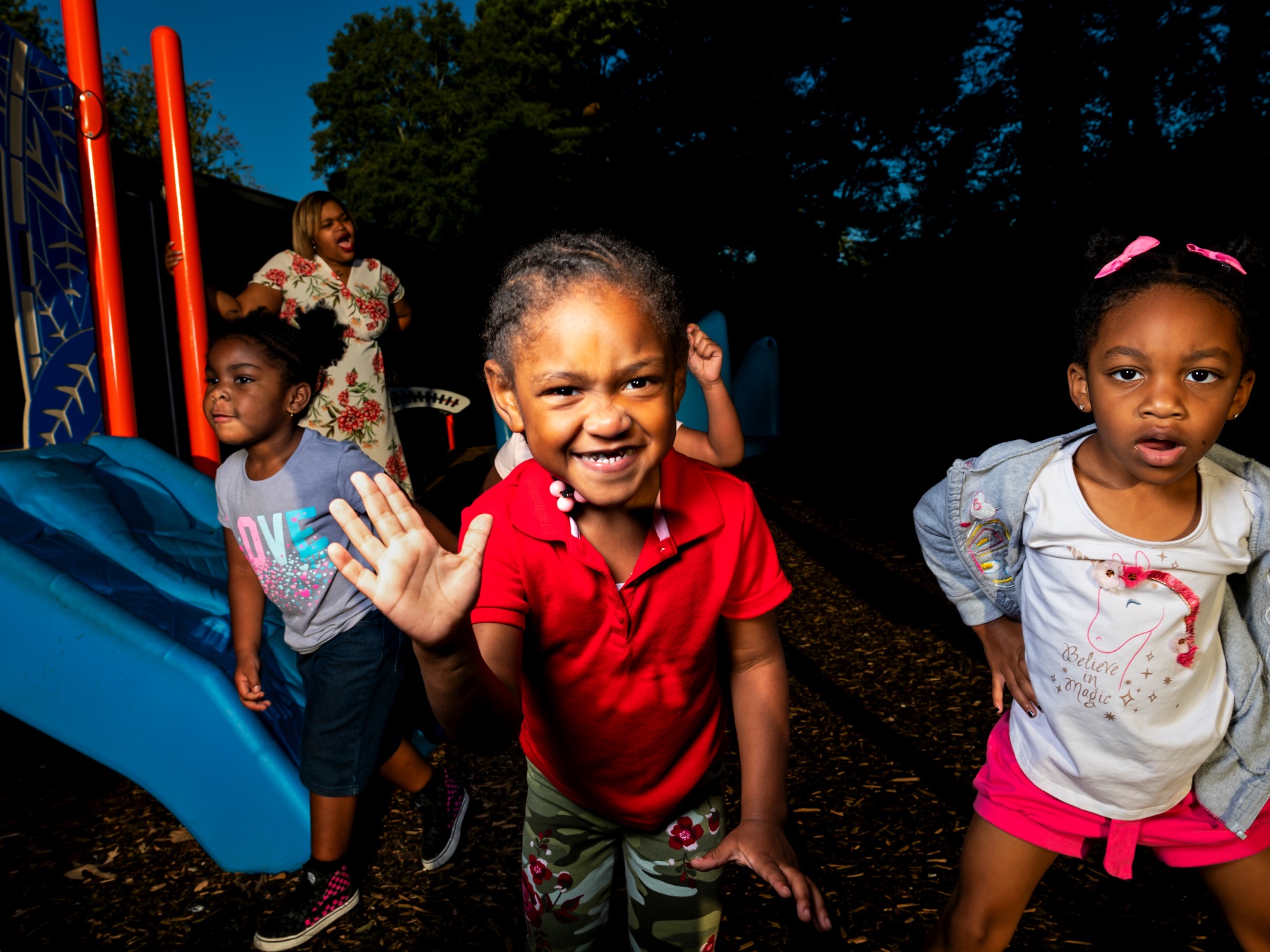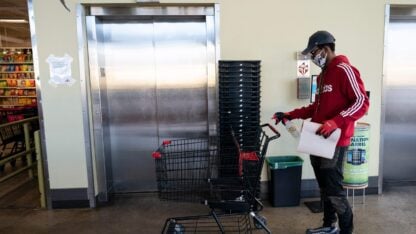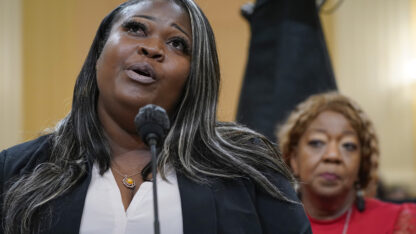A recent survey from the National Association for the Education of Young Children (NAEYC) shows 18% of child care centers in the U.S. have closed their doors due to the coronavirus pandemic. Another 9% of licensed centers run out of family homes have closed.
In Georgia, the numbers are higher: 40% of child care centers have closed due to COVID-19, and 24% of family-run centers have closed.
The (Ballooning) Cost Of Doing Business
Child care centers typically operate on thin profit margins. Early education advocates say the pandemic has only made them thinner.
According to NAEYC, 67% of centers that remained open saw a drop in enrollment. That’s meant a steep decline in revenue.
“Enrollments are not only going down, but their fixed costs stay the same,” says Pam Tatum, president and CEO of Quality Care for Children (QCC). “And they have increased costs for things like cleaning and sanitizing and PPE [Personal Protective Equipment].”
Tatum says most child care operators have backgrounds in teaching, not accounting.
“They’re early educators,” she says. “They’re not business people. Someone with a business degree at Harvard would lose money right now operating a child care program. There’s just not the resources to break even.”
Wande Okunoren-Meadows is the co-director of Little Ones Learning Center in College Park. She’s managed to stay open during the pandemic, thanks in part to federal and state subsidies. But she says she’s not sure how long the center can keep going.
“[COVID-19 has] been knocking at our door and ringing our doorbell, but we have not let it in yet. But that may change at literally any moment,” she says
Early Learning Loss?
Before COVID-19, Little Ones served about 175 kids each week. But once Georgia schools shut down, Okunoren-Meadows says enrollment dropped to eight children a week. It fluctuated between eight and 15 kids for March and April, she says. Now, the center serves about 60 kids a week.
She hasn’t had to lay off staff yet, but initially, she had to cut back their hours.
However, Okunoren-Meadows isn’t just worried about the money. She’s concerned about learning loss that can happen for kids ages 0 through 5. That’s when children learn the “soft skills” like empathy, she says.
“In addition to the very important work of language-building, the literacy loss, then we have the social-emotional,” she says. “If we know that brain development happens from [ages] 0 through five, then we know that’s how we learn to have empathy.”
Meanwhile, Congress is divided over how much money it should allocate toward early education in the next stimulus package.
The U.S. House of Representatives has passed two bills that would give child care providers $60 billion. The Senate is considering the HEALS (Health, Economic Assistance, Liability Protection, and Schools) Act, which would include $15 billion for child care.
Pam Tatum says, realistically, it will take more money than either chamber is considering to keep the industry afloat. She says it’s hard to predict the long-term impact COVID-19 may have on the child care industry. But, she says, there could be a silver lining: the pandemic could give the U.S. a chance to rebuild its early education system.
“My hope is that we invest in new business models that can help programs operate more efficiently and provide more comprehensive services to children and families,” Tatum says. “And we’re working on some of those models right now. So it is an opportunity to recreate a system that didn’t work well to begin with.”










